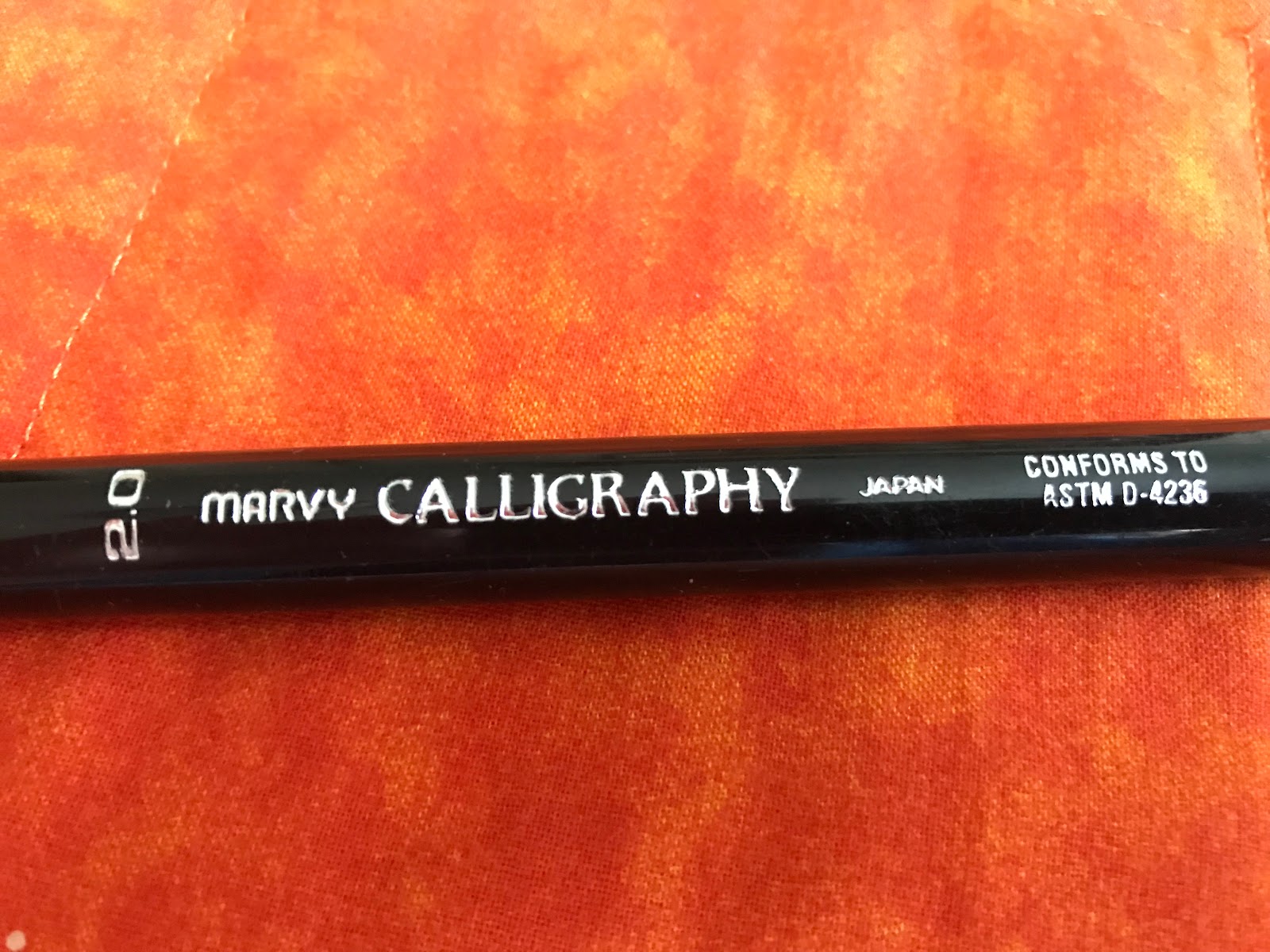For this quilt you will need:
16 backing squares--10" each
16 batting squares--9" each
16 squares of focus fabric (birds)--4 1/2" each
Strips of 1 7/8" assorted fabric matching the focus fabric. You will use 8 fabrics per block, so at least 8 different fabrics or more, about 1/4 yard of each.
Cut 10 strips 2" x the width of the fabric (usually 42") Press together to form a 1" strip. From 3 of the strips, cut twelve 4 1/2" strips. These will be used to cover the seams on the blocks.
That is a shadow in the photo, not a new kind of batting.
Place a square of focus fabric in the center of your square. Use a ruler for placement. Pin in place.
Sew a strip of the 1 7/8" fabric to one side of focus fabric. Cut strip even with the bottom of the focus fabric. Press or finger press.
Sew a strip of contrasting fabric on the second side. Cut strip even with bird fabric. Press. Continue with 3rd and 4th strip until center square is surrounded.
Start a second row, continuing as with the first row of strips.
All of the batting should be covered. Press well.
Make 15 more blocks. Arrange the strips so they are different in every block.
Press front and back and remove any thread ends.
Using the 4 1/2" strips, cover the seams.
Butt the raw edge of the strip against the seam, and sew with 1/4" seam
Sew the rows together; trim seams to 1/4".
Using the same method, cover the seams with the long strips.





























Comments
Post a Comment